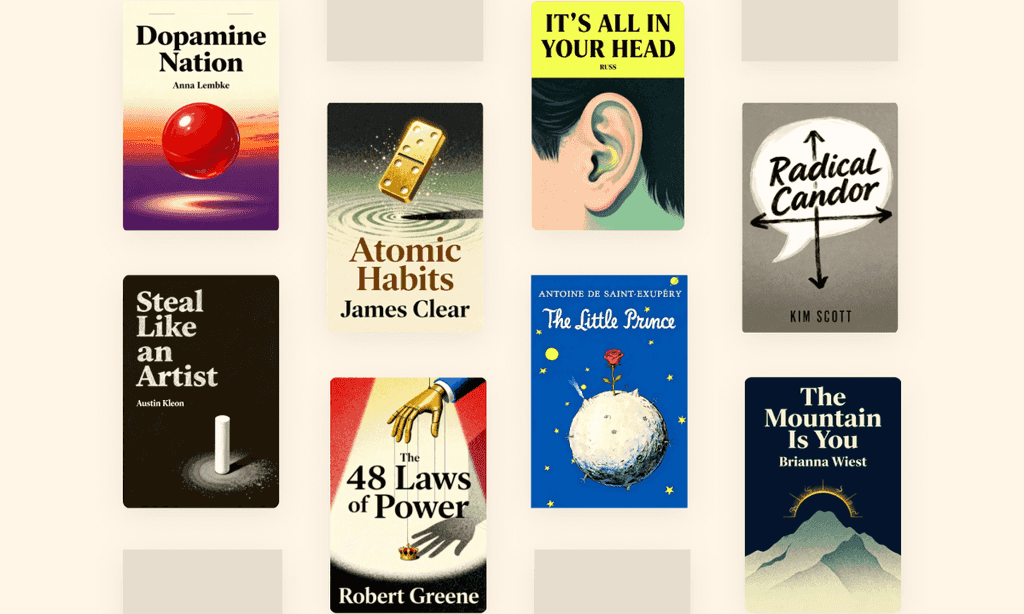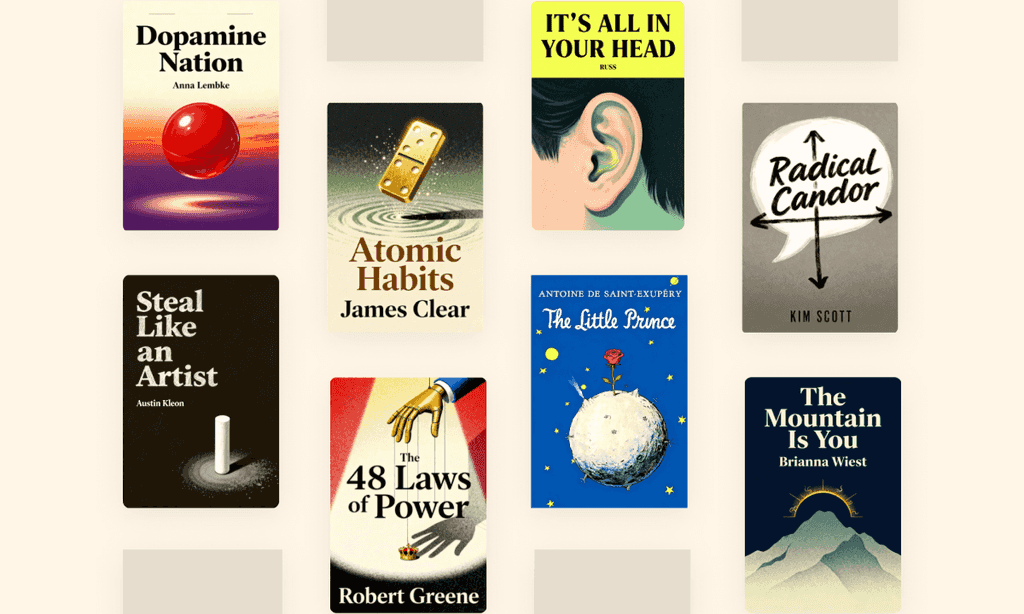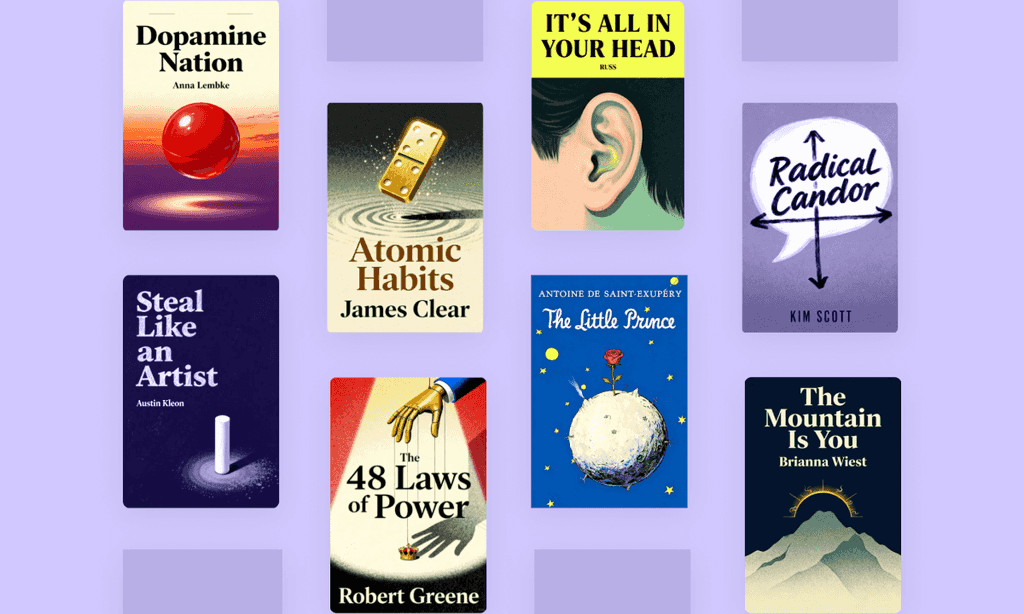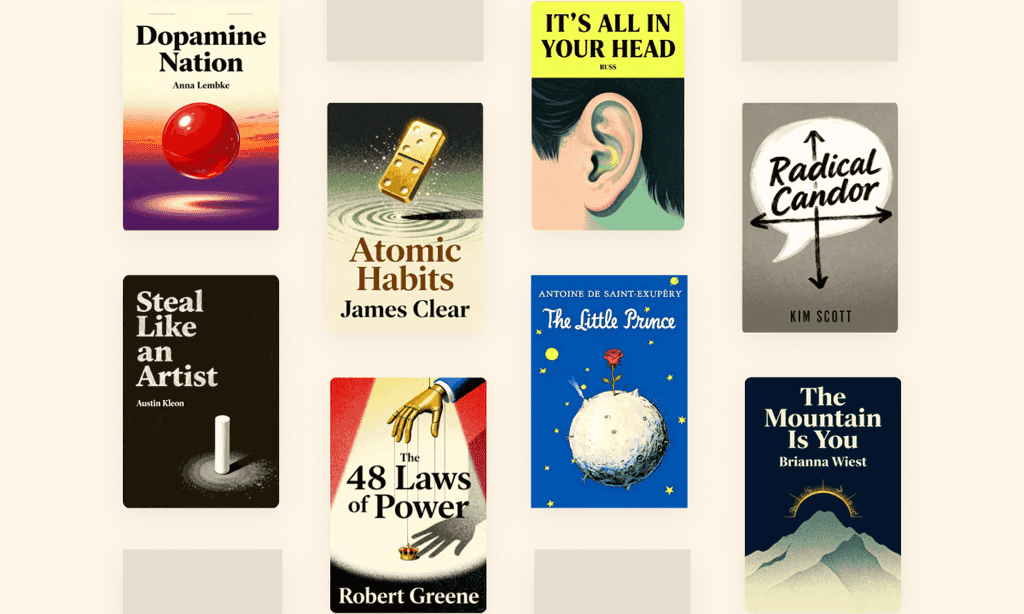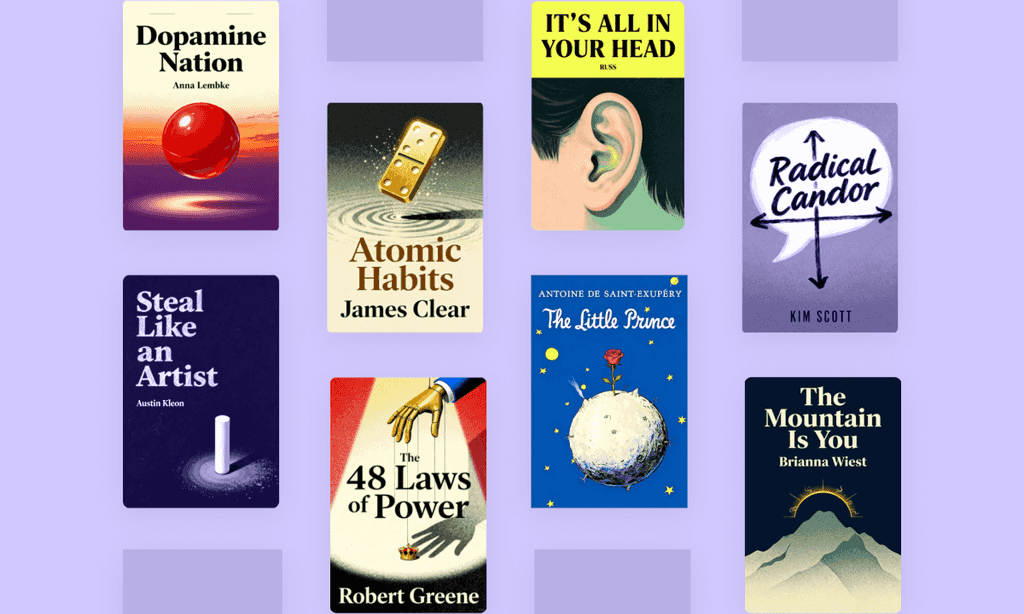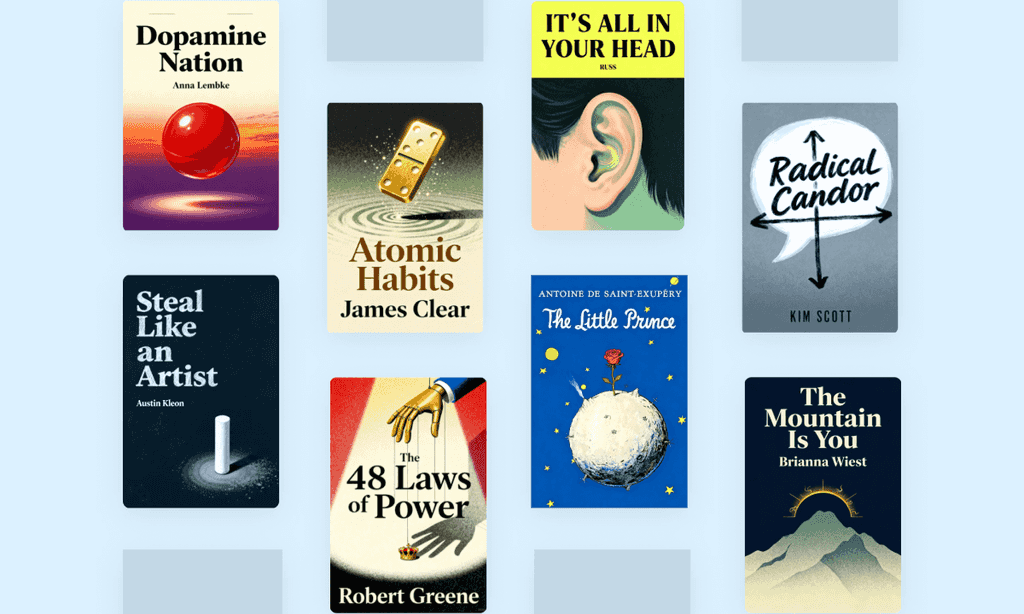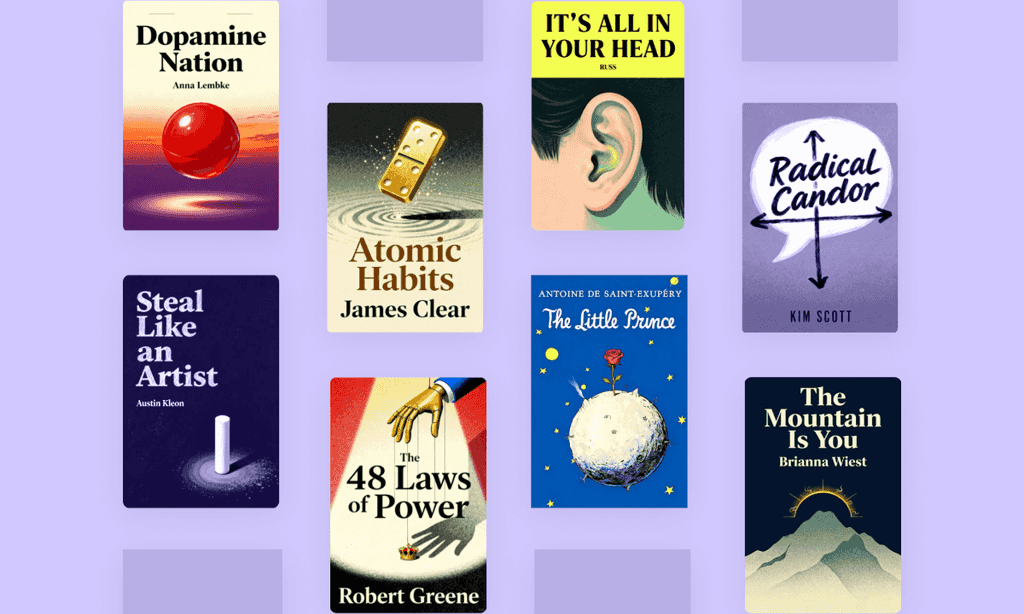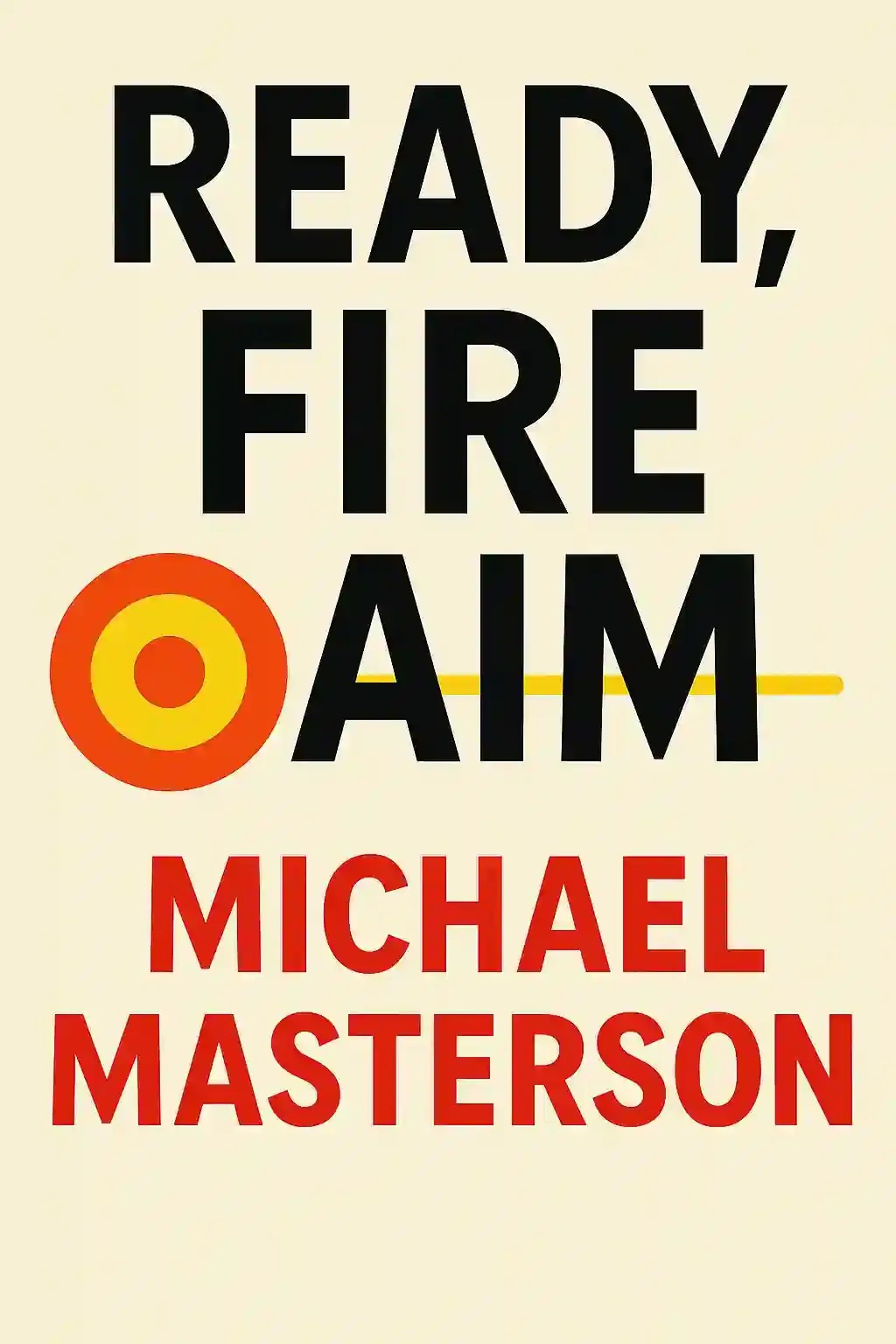
Ready, Fire, Aim by Michael Masterson Summary
Masterson's "Ready, Fire, Aim" revolutionizes entrepreneurship with its counterintuitive approach: launch quickly, perfect later. Embraced by business leaders for its four-stage growth framework, this guide has transformed countless startups into $100 million enterprises. Why perfect when you could be profiting?
About the author
Michael Masterson, pen name of entrepreneur and bestselling author Mark Ford, delivers actionable business wisdom in Ready, Fire, Aim: Zero to $100 Million in No Time Flat. A serial entrepreneur with four decades of experience building multinational companies, Masterson specializes in scaling businesses through direct-response marketing strategies. The book distills his proven framework for rapid growth, reflecting his hands-on experience leading ventures across retail, publishing, and real estate sectors.
As chief growth strategist for Agora, Inc. since 1993, Masterson shaped countless successful marketing campaigns and mentored top-tier copywriters through his Accelerated Program for Six-Figure Copywriting. His financial advice column in Early to Rise reached 200,000+ subscribers, while previous bestsellers like Automatic Wealth and Seven Years to Seven Figures established his reputation for turning complex concepts into executable plans.
Ready, Fire, Aim became a Wall Street Journal and New York Times bestseller, solidifying Masterson’s status as a thought leader in entrepreneurial strategy. Beyond writing, he’s active in international real estate development and philanthropic art collection.
FAQs About This Book
Ready, Fire, Aim outlines a four-stage framework for scaling businesses from launch to $100 million+ in revenue. Michael Masterson emphasizes rapid execution over perfection, advocating for testing imperfect products early (“Fire”) and refining based on feedback (“Aim”). The stages include launching a market-aligned product, expanding offerings, optimizing management, and sustaining long-term growth through innovation.
Entrepreneurs, startup founders, and business leaders aiming to scale ventures profitably will benefit most. The book is particularly useful for those struggling with over-planning, as it provides actionable strategies for accelerating growth through iterative experimentation.
Yes—it’s a practical guide for hands-on business builders. Masterson’s focus on minimizing upfront perfectionism and prioritizing cash flow offers a counterintuitive but proven approach to scaling. Critics note it’s less relevant for solopreneurs or service-based businesses.
This philosophy reverses the traditional “Ready, Aim, Fire” sequence. Masterson argues that launching quickly with a “good enough” product (Fire) and refining based on customer feedback (Aim) leads to faster market validation and resource efficiency. It reduces wasted time on features customers don’t value.
- Launch: Validate a core product by aligning with customer demands.
- Expand: Diversify offerings and markets to increase revenue.
- Optimize: Streamline operations and build management teams.
- Sustain: Innovate to maintain growth, often via acquisitions or new markets.
Test a minimal viable product (MVP) immediately, using sales data and customer feedback to refine it. Masterson warns against overengineering initial versions, citing that 80% of perfect products fail due to misaligned market timing.
- Psychological selling: Target emotional desires over functional needs.
- Unique Selling Proposition (USP): Highlight distinct benefits competitors can’t match.
- Sales copy optimization: Use customer-centric language and A/B testing.
- “Getting things going quickly is more important than planning them perfectly.”
- “Fewer resources wasted at the Ready stage means more available to Aim.”
These underscore the book’s bias toward action and iterative improvement.
Masterson advises decentralizing decision-making as companies grow. After reaching $10 million, founders should hire specialized managers and focus on high-level strategy. Beyond $50 million, flexibility in ownership structures (e.g., going public) becomes critical.
Some argue its “launch first” approach risks damaging brand reputation with subpar products. Others find the later stages (e.g., optimizing governance) less detailed than early-phase advice.
Both prioritize rapid iteration, but Masterson focuses more on revenue generation and scaling, while Eric Ries emphasizes hypothesis-driven experimentation. Ready, Fire, Aim is often seen as a grittier, sales-oriented counterpart.
Yes—its emphasis on cash flow urgency and customer feedback aligns with modern agile methodologies. However, digital-first businesses may need to adapt its sales-heavy tactics to online platforms.
Quick Summary Mode - Read or listen to Ready, Fire, Aim Summary in 9 Minutes
Break down key ideas from Ready, Fire, Aim into bite-sized takeaways to understand how innovative teams create, collaborate, and grow.
Flash Card Mode - Top 10 Insights from Ready, Fire, Aim in a Nutshell
Distill Ready, Fire, Aim into rapid-fire memory cues that highlight Pixar’s principles of candor, teamwork, and creative resilience.

Fun Mode - Ready, Fire, Aim Lessons Told Through 23-Min Stories
Experience Ready, Fire, Aim through vivid storytelling that turns Pixar’s innovation lessons into moments you’ll remember and apply.
Personalize Mode - Read or listen to Ready, Fire, Aim Summary in 0 Minutes
Ask anything, pick the voice, and co-create insights that truly resonate with you.

From Columbia University alumni built in San Francisco
See More Stories?

Get the Ready, Fire, Aim summary as a free PDF or EPUB. Print it or read offline anytime.






